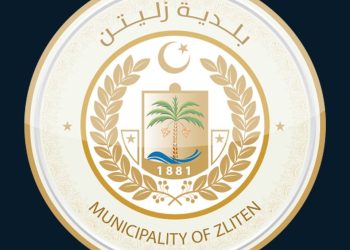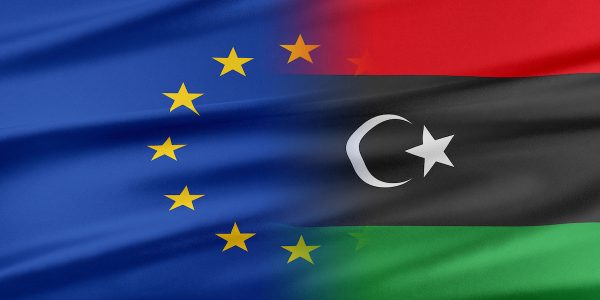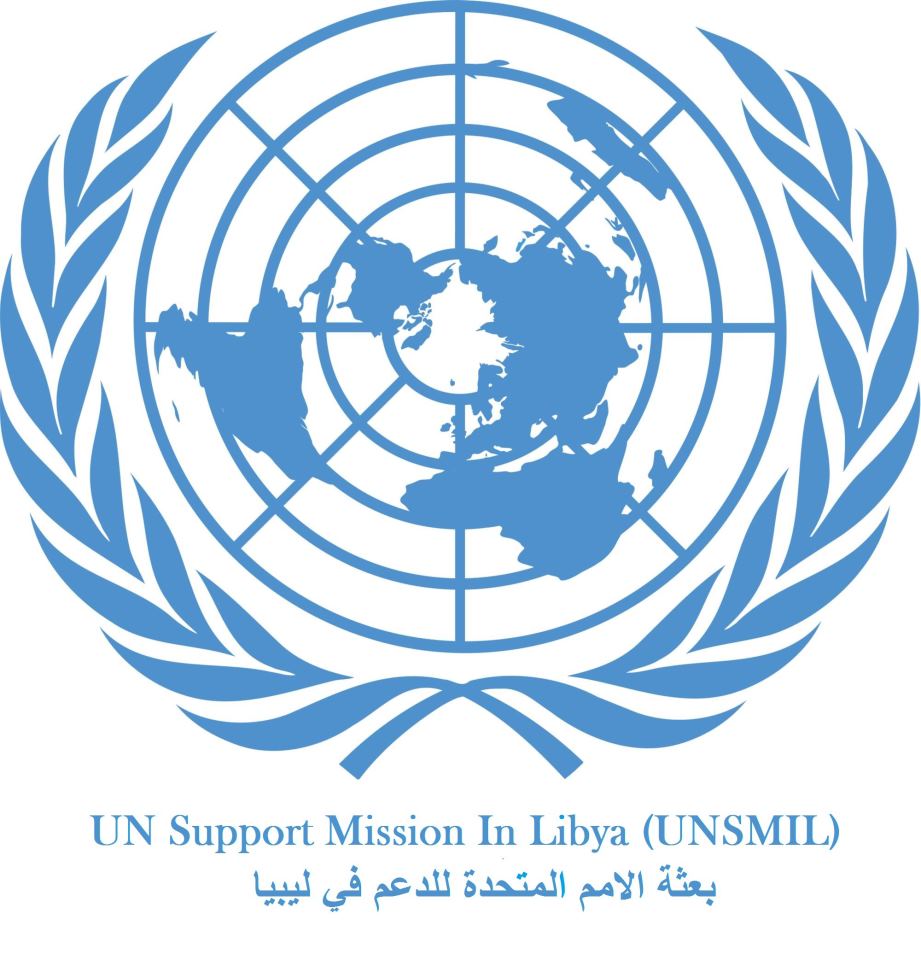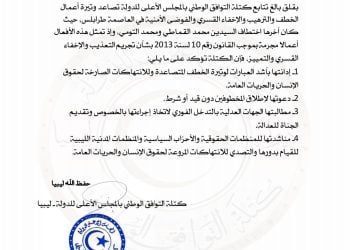By Sami Zaptia.
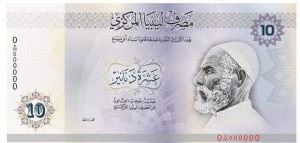
London, 27 June 2016:
The Libyan dinar has continued to plunge against hard currencies reaching LD 4.55 to the dollar on Sunday. The dollar exchange rate had been hovering just under LD 4 for most of the first two weeks of Ramadan, but has tipped over LD 4 peaking to over LD 4.50 on Sunday.
The dinar has been operating in the LD 3 to LD 3.90 band on and off since March. It had broken the LD 4 mark on a number of occasions in May, but usually settled back under the LD 4 mark.
One Tripoli money exchanger, who wanted to remain anonymous, told Libya Herald yesterday that the sudden dive in the dinar was caused by a number of short term events and long term trends. He said that the recent freezing of some companies’ activities had led them to buy dollars on credit in fear of being closed down permanently.
The RADA Special Deterrence Force had also reacted to the sharp drop in the dinar value, he added, by forcibly closing down some black market exchangers in the Gold Souk in the Old City, the centre of Tripoli and Libya’s black market. RADA had done this on previous occasions believing that by shutting down the money exchangers it could reduce the exchange rate.
On the other hand, the exchanger continued, large Libyan companies that have access to hard currency letters of credit (at the official exchange rate of LD 1.37 per dollar) have been buying large amounts of foreign currency on the black market to keep their business activities going. With the huge difference between the official and black market exchange rate, big companies can average and offset the difference by spreading it in their costs, he explained.
Asked about the current state of the foreign exchange market, he said that it was ‘’unstable. It is rising constantly. Almost hourly, with big profits for exchangers’’, he claimed. ‘’Its chaos. Libyan money has no value anymore’’, adding that he no longer holds dinars. ‘’As soon as I sell dollars, I buy dollars now’’.
To the question how would the continued dinar devaluation affect Libyans, he said that ‘’If it continues as it is, life could become impossible for Libyans. You either have money and can afford to live or you are below zero’’, he explained.
Asked to explain the main cause of the deterioration in the dinar’s value he said that ‘’the main cause is the state. It should reopen the closed oilfields (in the east closed by Petroleum Facilities Guards local strongman Ibrahim Jadran) to increase oil production and increase the availability by the Central Bank of Libya (CBL) of hard currency into the market. Otherwise the dollar could reach LD 5’’, he predicted.
As if the devaluation of the dinar in the black market was not bad enough, Libya’s economic woes have also been compounded by a cash shortage at Libyan banks.
Today, the CBL issued a simple short statement in which it reiterated that the three root causes of the cash shortage were the political division of the country with a duplication of power centres of authority claiming legitimacy.
Secondly, the CBL cited that the drastic fall in Libya’s oil exports to around 27 percent (400,000 bpd) of the post 2011 peak of 1.5 million bpd, which have reduced the country’s hard currency revenues. The parallel crash in international crude oil prices has compounded Libya’s declined oil production.
Finally, the CBL cited the insecurity in the country which has led to a loss of confidence in the banking system leading to many Libyans hoarding their dinars at home, rather than depositing them in their bank accounts.
Insecurity also alludes to the weakness of state institutions especially the non-existence of a police force or an army that is loyal to the legitimately elected government. The continued existence and domination by militias of the security apparatus has denied the space for a centralized state security apparatus to emerge.
The plummeting exchange rate of the dinar has not been helped by the increased demand in the fasting month of Ramadan, a period akin to the Christmas period in the west with peak spending.
In a very short period of time Libyan clothes importers must scramble to find hard currency in order to import clothes for the end-of-Ramadan Eid festival, a traditional time for buying a new outfit for the whole family and especially children.
It will be recalled that on 2nd April, three days after the Tripoli arrival of Faiez Serraj and his Presidency Council/Government of National Accord by boat at the Bu Sitta Naval Base, the dollar was exchanging for as low as LD 2.70.
However, three days away from the three-month anniversary since Serraj’s arrival, the short lived optimism and honeymoon period seems truly over. With the exception of the fight against IS in Sirte and extremists in Benghazi and Derna, Libya seems to have actually gone backwards on many levels.
With regards to political and market sentiment, the continued bunkering by Serraj at the Naval Base and inability to move to the traditional Prime Minister’s Office in Sikka road, sends a clear message that the PC/GNA does not feel secure enough to move out of their ‘’Green Zone’’.
The decision by Serraj to seek the support of militias to prop his Tripoli regime up, thereby consolidating the role of militias, comes at the expense of the formation of a transparent and accountable legitimate police and army.
The militia clashes and subsequent deaths last week in both Garabouli and Bu Sleem are very recent examples of the undermining effect of militias on the fabric of the Libyan state.
Serraj can help mitigate the loss of revenue by increasing oil production. However, that requires a political settlement with Jadran and his Magharba tribe who control the areas of the eastern oilfields which constitute two-thirds of Libya’s oil production.
A political breakthrough by Serraj has not looked on the cards. The PC is split with the eastern and Zintan members boycotting it and the on-going tug-of-war with Hafter, Ageela Salah and the House of Representatives, a solution does not look imminent. All adding to the poor economic, political and market sentiment that contributes to the dinar’s continuing loss of value.
*The black market dinar foreign exchange rates quoted reflect an average of variations quoted from one money exchanger to another at the time and day quoted to Libya Herald.


